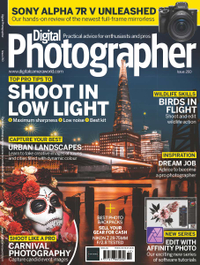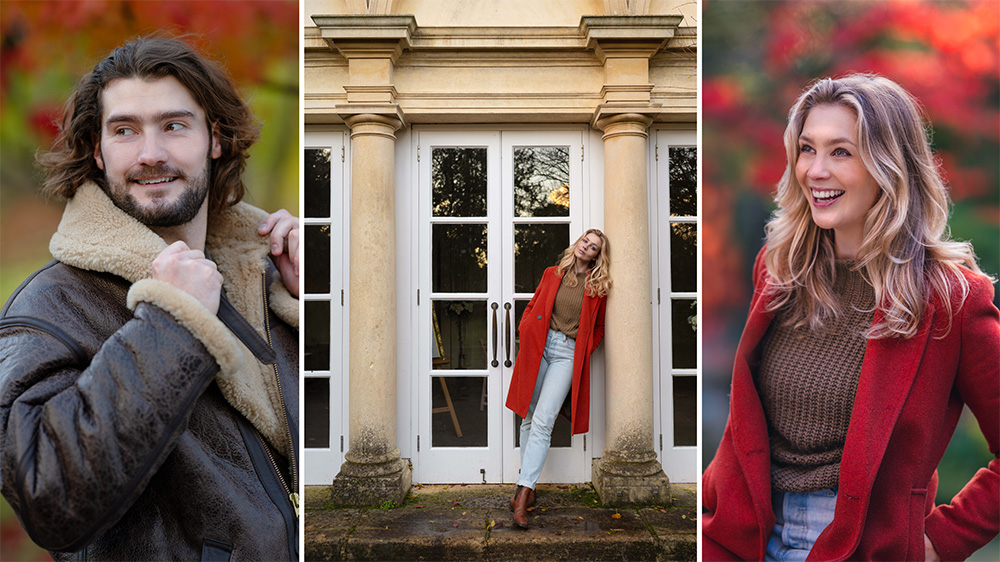What does it take to be a successful fashion photographer in 2025 ?
Fashion and portrait photographer Siân Elizabeth gives an insight into her work
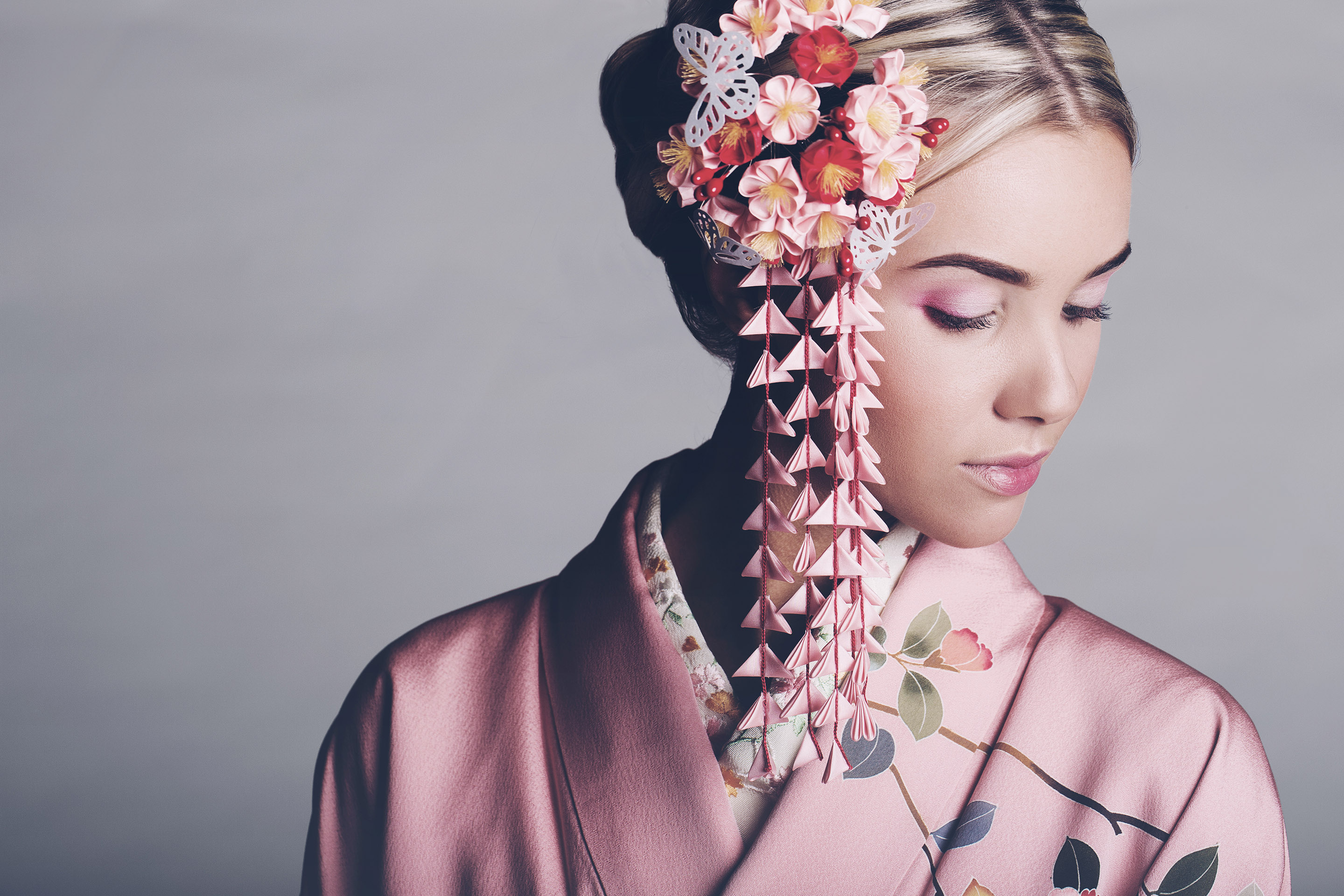
What is fashion photography? Fashion photography is quite a general term, but if we break it down to the basics, it's the creative display of clothes and accessories, with inspirational images that are used for commercial outlets like advertising boards and fashion magazines to promote designers, retailers and even lifestyles.
The promise of a new year gives photographers of all genres a chance to reset, reassess what's working (or not) for them and look ahead to new commissions, creative ideas and collaborations. And this is definitely true of fashion photography. But what does it take to be a successful fashion photographer in 2024?
We've been speaking to UK-based professional fashion photographer Siân Elizabeth to find out how to get into fashion photography, her best mirrorless camera and lens combo, and advice on retouching and working with models.
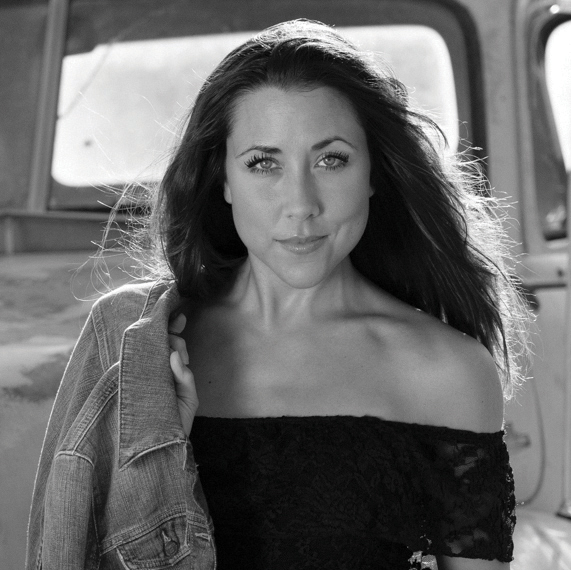
Siân is an internationally published beauty, fashion and portrait photographer. She also creates educational content for worldwide photography platforms, recently gave a talk at The Photography Show and is a podcast host. Siân has also been shortlisted for the British Photography Awards Fashion category.
Hi Siân, can you tell us a bit about your creative journey and your fascination with fashion and beauty photography?
I started my journey into fashion and beauty photography when I realised the part I enjoyed most about wedding photography was the individual portraits of people. I loved taking the close-up shots and the outfits and knew that this was where I wanted to redirect my interest. So, I invested in a studio, fell in love with lighting and started experimenting from there.
How do you come up with your ideas?
As mentioned, all photoshoots start with a mood board. It is so important to have a clear idea of your vision before you start shooting. Not only does this help you focus but if you’re working with a team of people, it helps them to see what your vision is, and it brings the whole look and feel together.
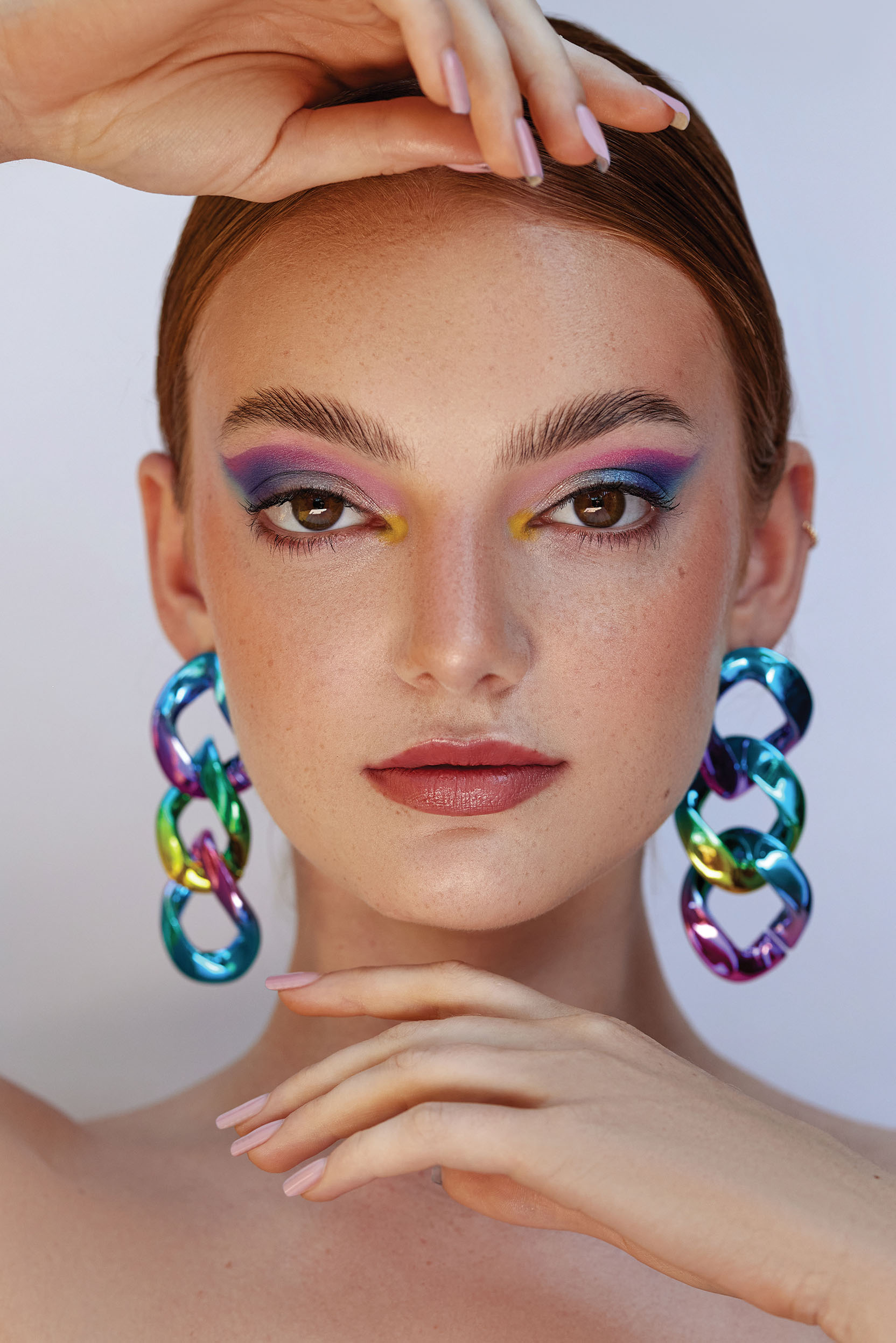
What camera kit do you shoot with?
Right now, I am shooting with a Canon EOS R5. I decided to make the switch to mirrorless, and I can honestly say I have no regrets. This is the best camera I have ever owned and will last me in good stead. In terms of lenses, the one I couldn’t be without would be the Canon RF 70-200 f2.8.
This lens is the most versatile for beauty and fashion and gives you the scope for many different looks. I like prime Canon portrait lenses, but I like to have options and have always steered more toward zoom lenses.
How do you prepare for a shoot?
Shoot days are always exciting – there’s such a buzz in the air, especially if you have a great concept and you’re working with a team that you know will deliver. The best way to get models to relax is to just have a chat first before you start your photoshoot.
Ask questions about them and what their interests are. Then when they are in front of the camera, you can circle back to that information to relax them. It can take a bit of practice, but it builds rapport and makes everyone feel more at ease.
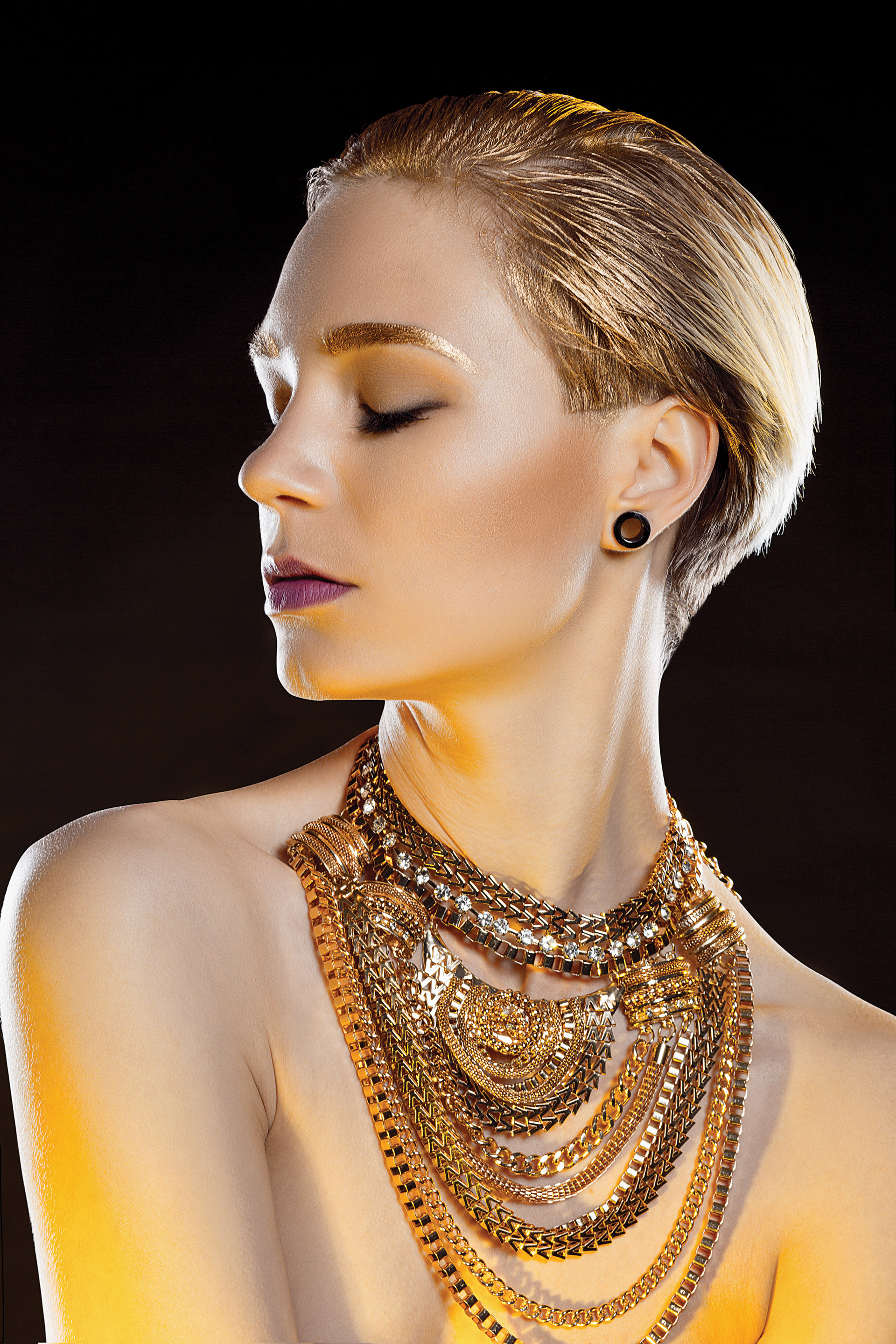
How important is post-processing to you and what aspects do you focus on?
How important is post-processing to you?
If I have a lot of images on a deadline, I will work with a retoucher to do the basic skin editing. This gives me a good base and from there, I will ensure that there are no distractions across the image, so that your eye is drawn to the model. I don’t like heavy editing and also keep colors as true to life as possible, without desaturating or heavy saturation.
• Read more: 3 ways to improve your portrait photography
What makes a successful fashion shoot?
A clear concept at the start of a shoot can literally make or break an image. It’s so important to have a clear vision of what you want to achieve. This determines whether an image is successful or not. It’s also important to ensure that everyone wants to be there – the camera picks up if someone is uncomfortable or awkward.
What advice would you give to aspiring fashion photographers?
Connect with as many creatives as you can and keep shooting! Start building your network early on, this gives you so many options for people to work with and to start growing your portfolio. This helps you see what you like and dislike, and to build a style.
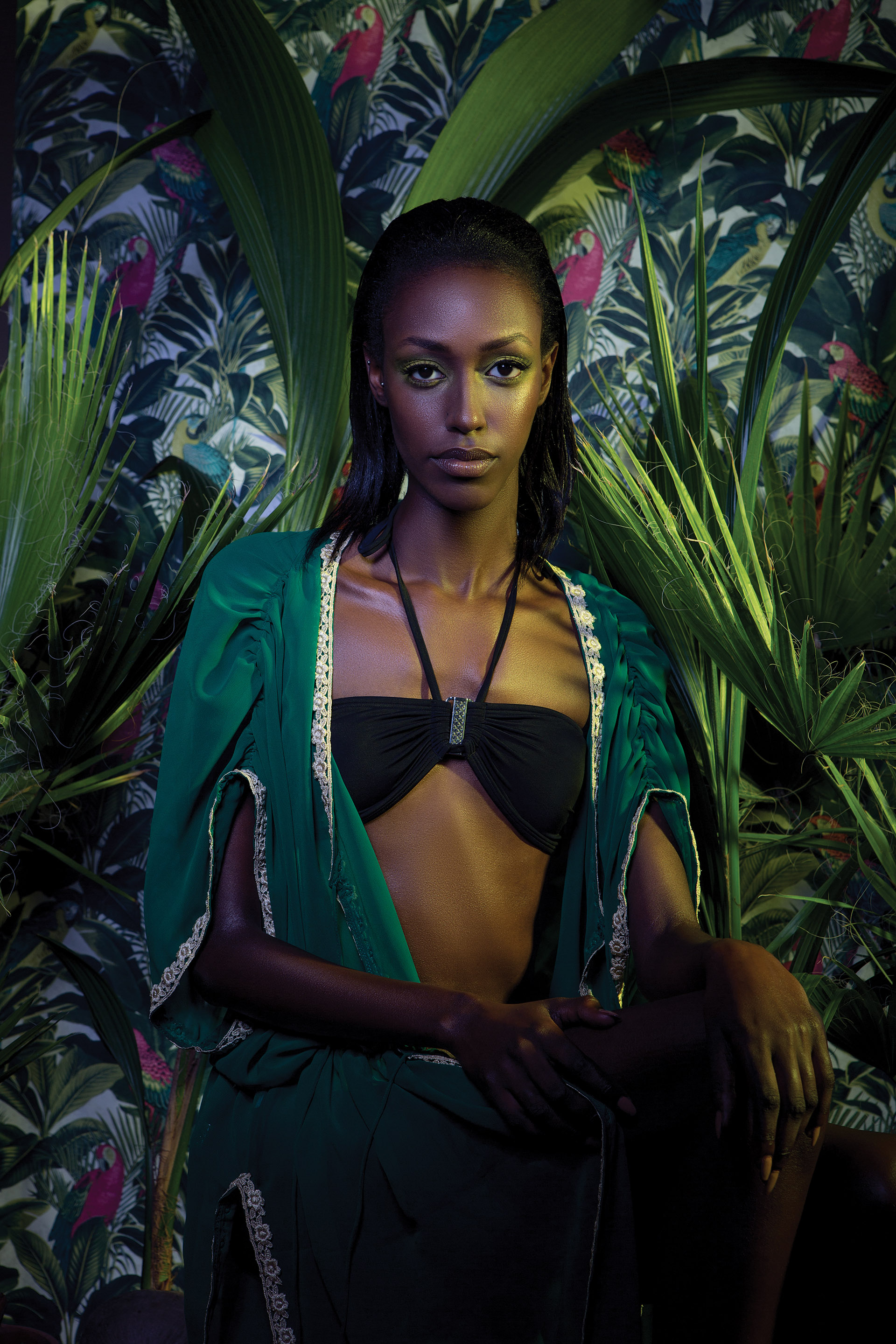
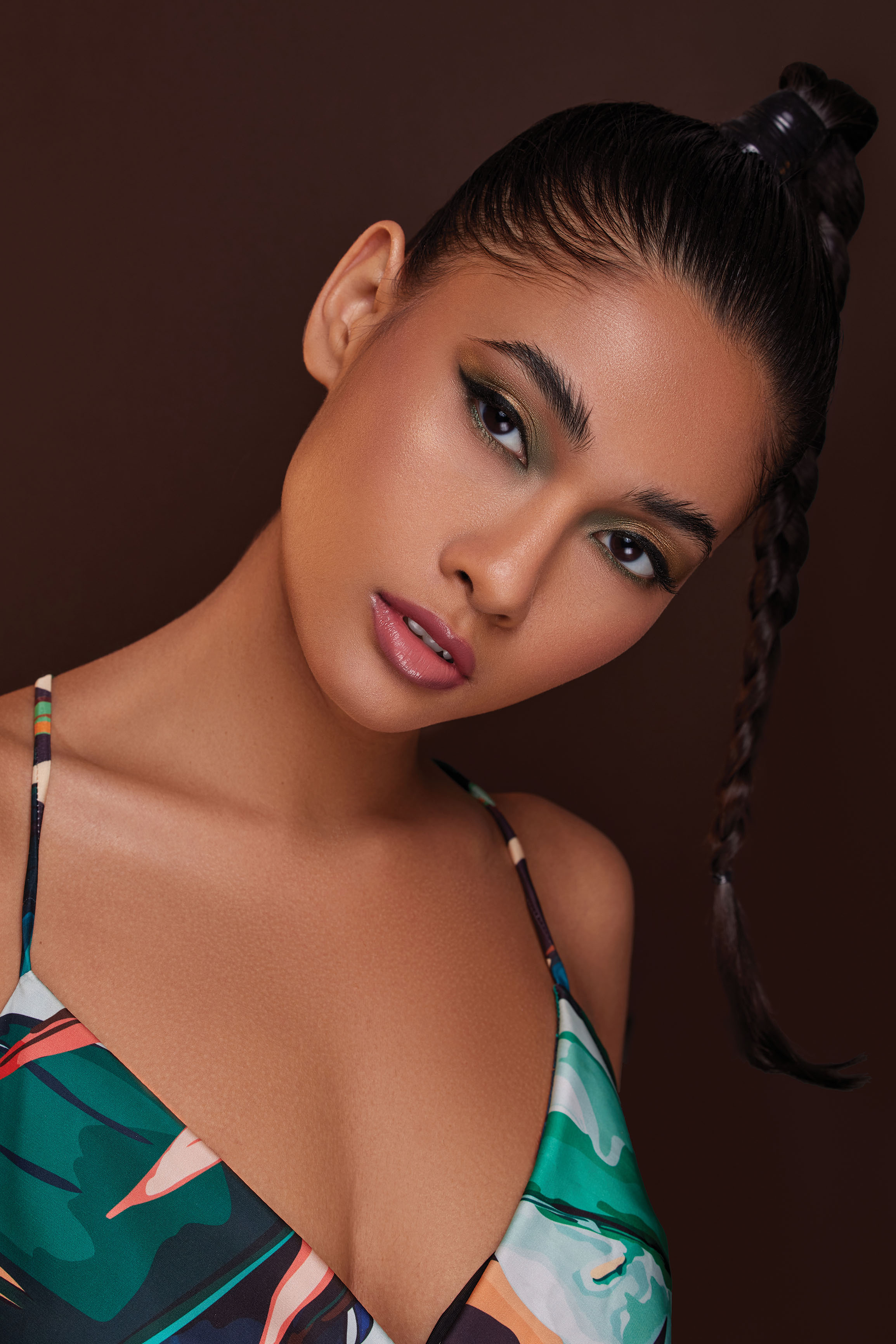
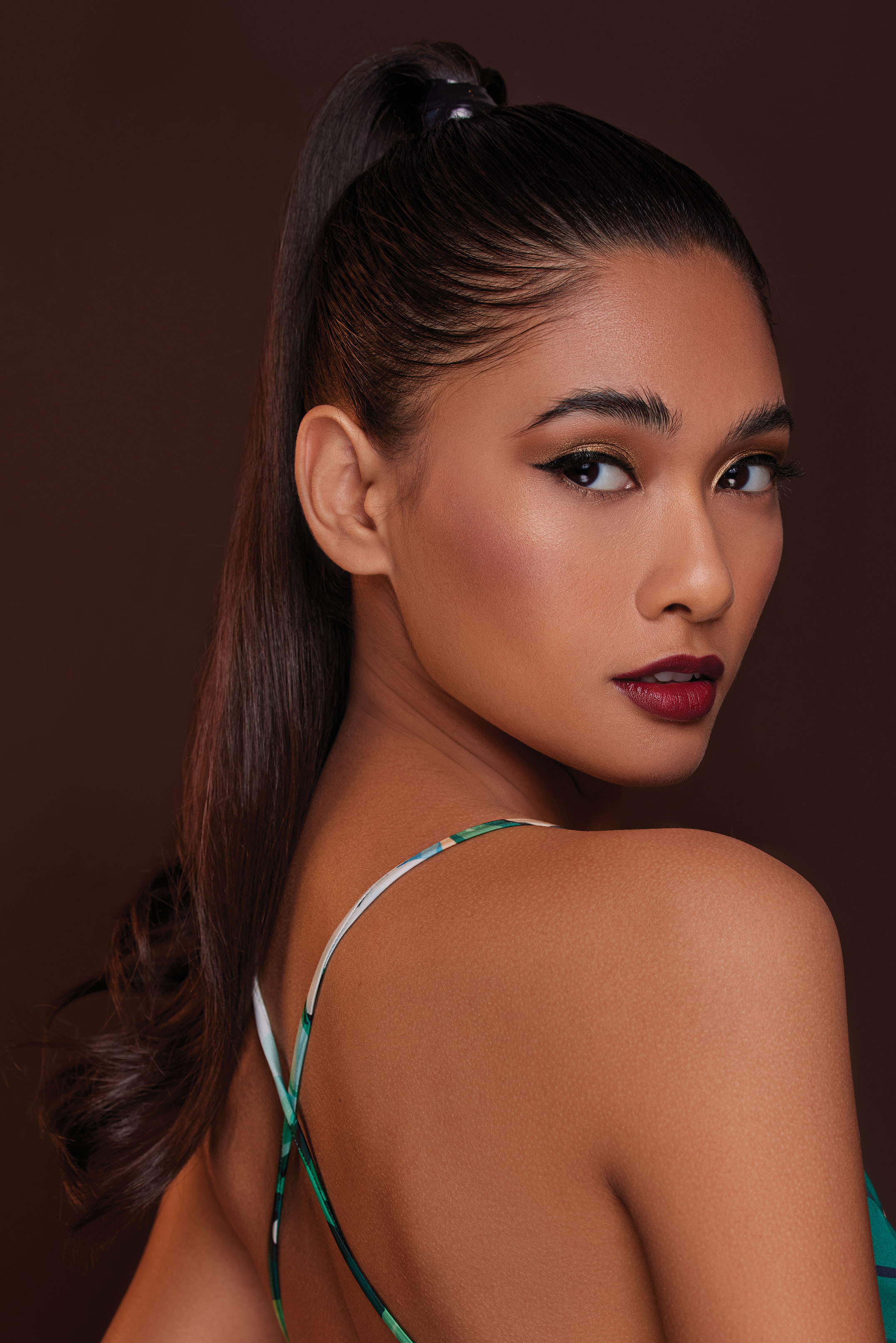
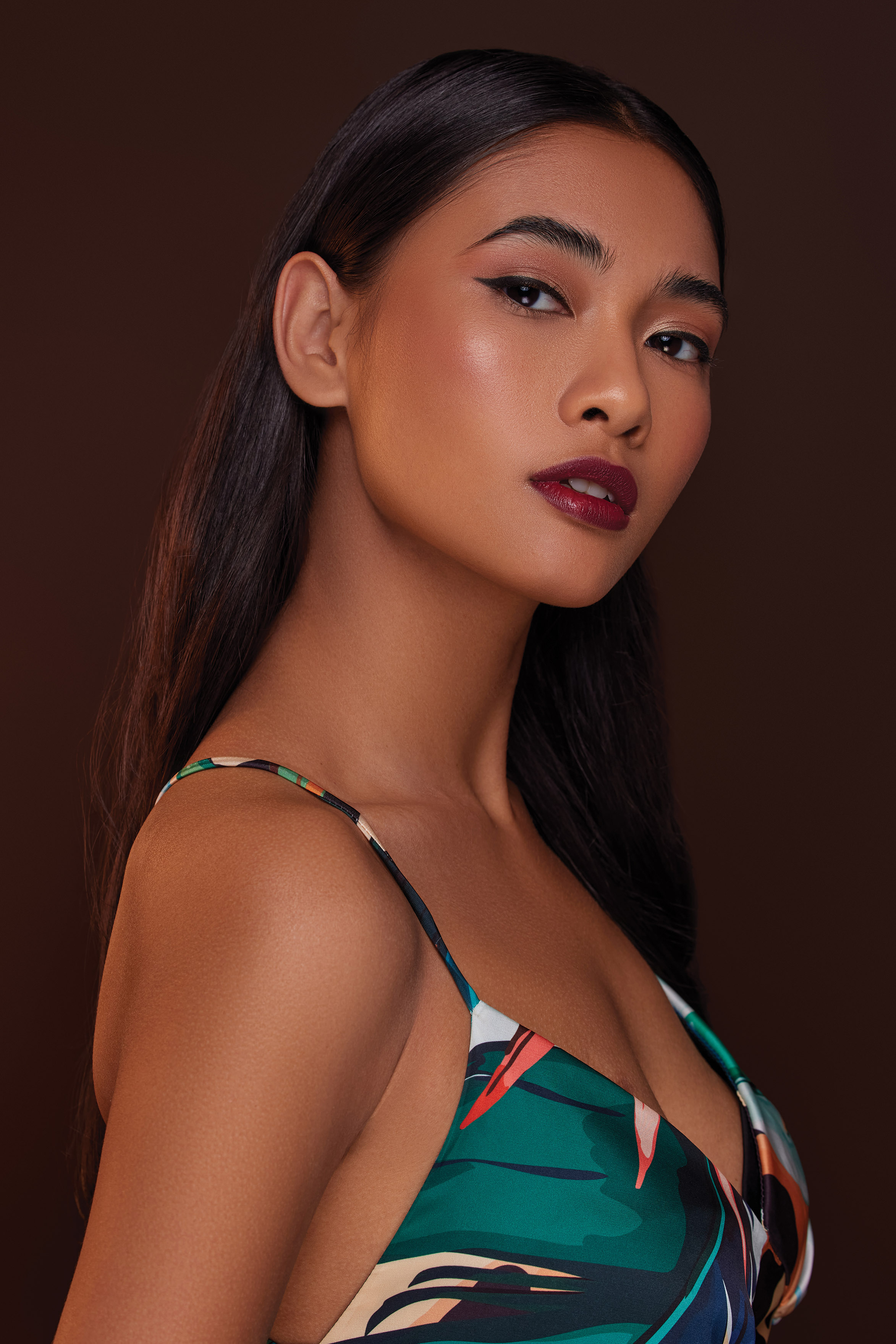
What has been the proudest moment in your career so far?
I recently spoke at The Photography Show in Birmingham and had the most wonderful feedback from people in the audience. I was overwhelmed by their responses and it made me feel humbled and proud. I also teach online classes for photography platforms, something that initially scared me, but I said yes and now I’m writing classes as we speak.
What’s next for you and your work?
I’m always planning shoots, collecting ideas for personal projects and creating moodboards. I’m also filming a lot of online content as well as podcasting, which keeps me busy. I take each day as it comes, keep practising and try to enjoy each moment!
This article originally appeared in Digital Photographer, a monthly magazine, and the kitbag essential for pros, enthusiasts and amateurs alike!
Inside, you'll find practical guides, shooting tips and techniques from working photographers, plus all the latest industry news.
You might also like:
Studio lighting made easy
10 tips for amazing portrait photographs
How to balance off-camera flash
Get the Digital Camera World Newsletter
The best camera deals, reviews, product advice, and unmissable photography news, direct to your inbox!
Digital Photographer is the ultimate monthly photography magazine for enthusiasts and pros in today’s digital marketplace.
Every issue readers are treated to interviews with leading expert photographers, cutting-edge imagery, practical shooting advice and the very latest high-end digital news and equipment reviews. The team includes seasoned journalists and passionate photographers such as the Editor Peter Fenech, who are well positioned to bring you authoritative reviews and tutorials on cameras, lenses, lighting, gimbals and more.
Whether you’re a part-time amateur or a full-time pro, Digital Photographer aims to challenge, motivate and inspire you to take your best shot and get the most out of your kit, whether you’re a hobbyist or a seasoned shooter.
- Lauren ScottFreelance contributor/former Managing Editor
- Peter Fenech
